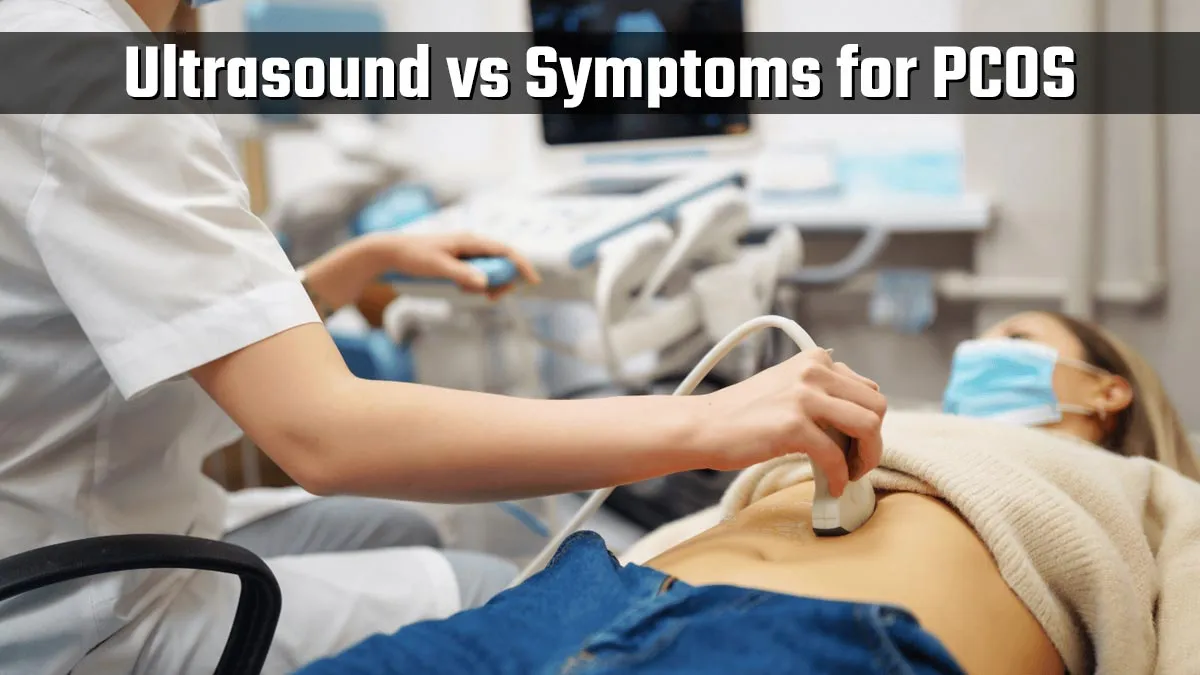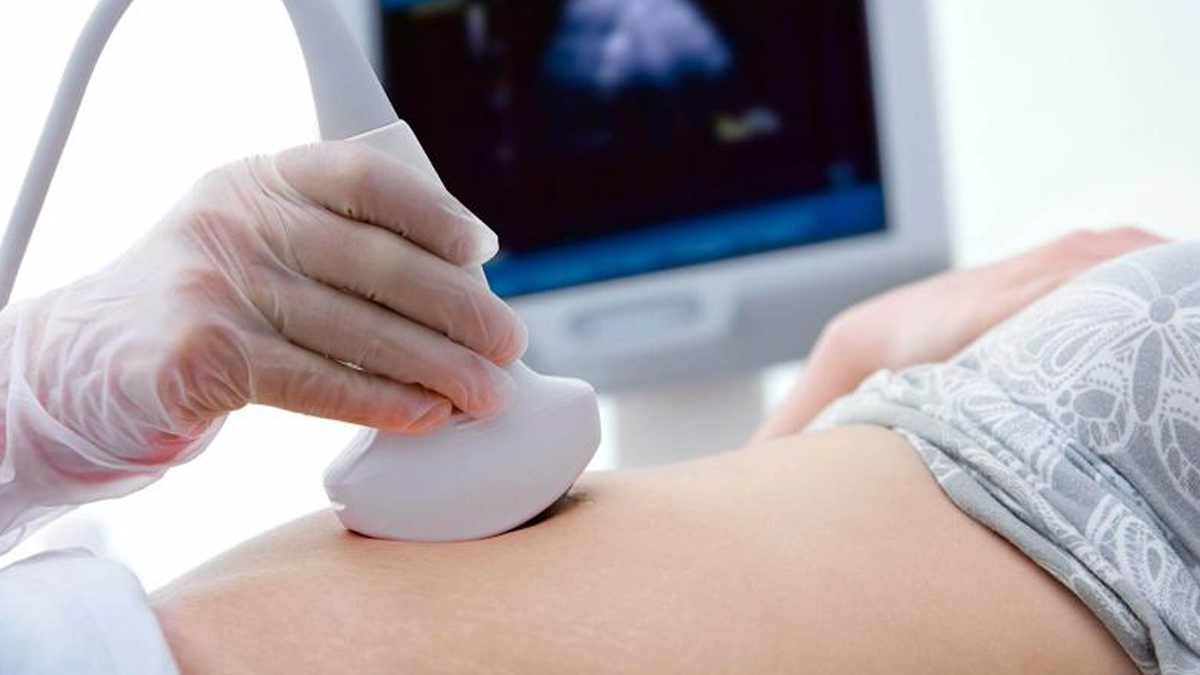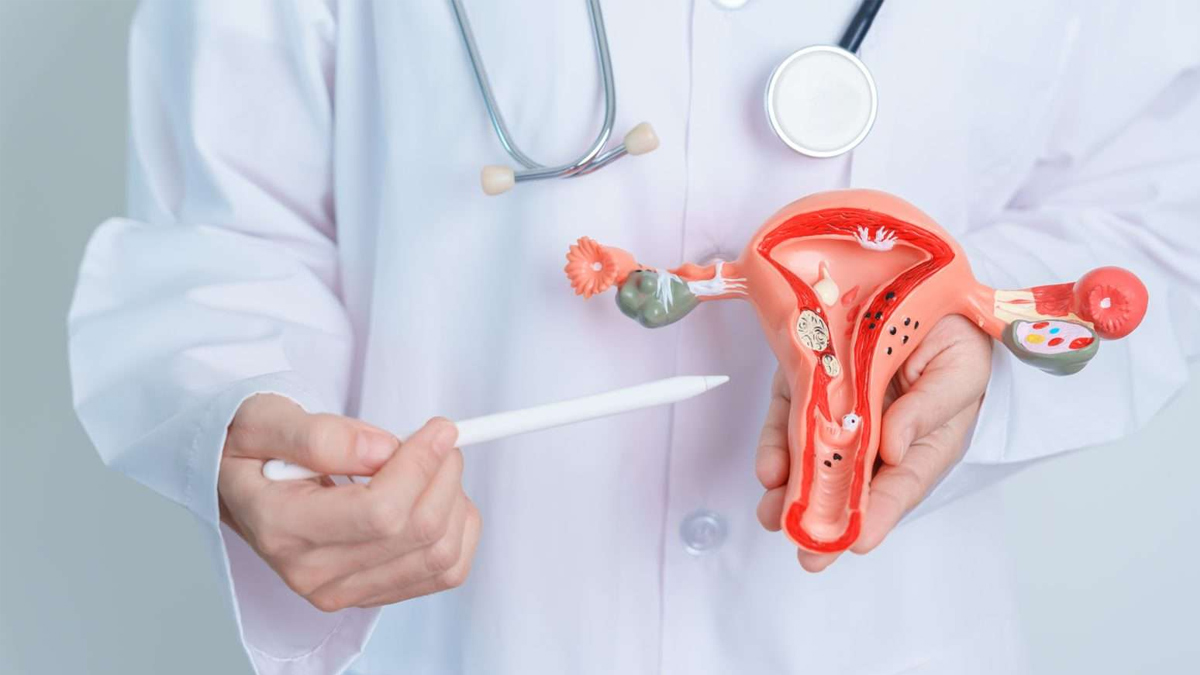
Polycystic Ovary Syndrome (PCOS) is one of the most common hormonal conditions in women of reproductive age. Yet, its diagnosis often confuses patients. Many women assume that a single ultrasound can confirm PCOS. In reality, doctors rely on a mix of symptoms, blood tests, and sometimes imaging. The condition is diagnosed using the Rotterdam criteria, which means that if two out of three features are present, irregular ovulation, high androgens, or polycystic ovaries, then PCOS can be confirmed.
Table of Content:-
Dr. Apeksha Sharma, Consultant Pathologist at Agilus Diagnostics, Goregaon, Mumbai, explains, “Ultrasound can support the diagnosis, but it cannot confirm PCOS alone. Doctors must consider symptoms, hormone levels, and rule out other conditions before giving a final diagnosis.”
How Accurate is Ultrasound for PCOS?

Ultrasound (USG) can show typical features of polycystic ovaries. These include:
- Having 20 or more follicles in one ovary (2–9 mm each).
- Ovarian volume larger than 10 mL.
- A “string of pearls” pattern, where follicles line the outer edge of the ovary.
Transvaginal scans give more accurate results than abdominal scans, especially in adults. However, the test has its limitations. Some young women naturally have polycystic-looking ovaries without having PCOS. On the other hand, obese women may not show clear images, leading to missed diagnoses. Ovarian appearance also changes with age, and after 35, women with PCOS may not display classic ultrasound features.
Bottom line: Ultrasound is helpful but not foolproof. It should never be the only tool used to confirm PCOS.
ALSO READ: Feeling Misled by Your Period Tracker? Fertility Specialist Explains the Untold Facts
The Biggest Indicators of PCOS![pcos symptoms 2 - 2025-09-08T135740.369]()
- So, if an ultrasound is not enough, what do doctors look for? According to Dr. Sharma, the strongest indicators are irregular cycles and high androgen levels.
- Irregular or missed periods: Women may have cycles longer than 35 days, fewer than eight periods a year, or sometimes no periods at all.
- High androgens (male hormones): This can show up as acne, excess hair growth on the face and body, or thinning hair on the scalp. Blood tests may reveal raised testosterone or DHEAS.
- Polycystic ovaries on ultrasound: This is supportive but not essential.
Dr Sharma further adds, "When a woman has irregular cycles in combination with clinical or biochemical evidence of high androgens, PCOS is highly probable, without an ultrasound.
Can Doctors Diagnose PCOS Without Ultrasound?![pcos without ultrasound 3 - 2025-09-08T135744.420]()
Yes, they can. Rotterdam criteria permit the PCOS to be diagnosed in case two out of three features are observed. It is a set of guidelines established in 2003 to diagnose the condition. This implies that ultrasound is not always necessary.
Examples:
- PCOS is not diagnosed with a scan in case a woman has irregular cycles and a higher level of testosterone.
- PCS can also be verified even in the presence of normal androgen levels in case the cycles are abnormal and the ultrasound images depict polycystic ovaries.
- Ultrasound can be more helpful when conditions and hormone findings do not correlate, or even when physicians need to exclude other ovarian disorders.
When is the Best Time to Scan for PCOS?![best time for pcos diagnosis 4 - 2025-09-08T135742.144]()
Timing is a major aspect to ensure that we have correct ultrasound results. Best days are 2-5 during the menstrual cycle, otherwise referred to as the early follicular phase. At this period, the ovaries become silent, and the follicles are more readily counted.
When scanned at a later part of the cycle, a large follicle can appear as a cyst and be confused. When a woman is irregular or absent from a cycle, the doctor may prescribe medication that induces a bleed and then scan. Ultrasounds are usually not done in adolescents younger than eight years after menarche because the teenage ovaries may appear polycystic naturally.
ALSO READ: Should You Avoid Spicy Foods During Your Period? Here’s What You Need To Know
Conclusion
Although the ovaries can be seen as a typical string of pearls with ultrasound, it does not qualify as the gold standard in diagnosing PCOS. Such symptoms as irregular cycles and high levels of androgen are the most powerful indicators. Physicians usually integrate history, laboratory findings, and imaging in order to make a concise diagnosis. The important thing is that PCOS is not only an ultrasound finding but a clinical condition.
Also watch this video
How we keep this article up to date:
We work with experts and keep a close eye on the latest in health and wellness. Whenever there is a new research or helpful information, we update our articles with accurate and useful advice.
Current Version
Oct 17, 2025 18:50 IST
Modified By : Chanchal SengarOct 17, 2025 18:50 IST
Published By : Vivek Kumar


